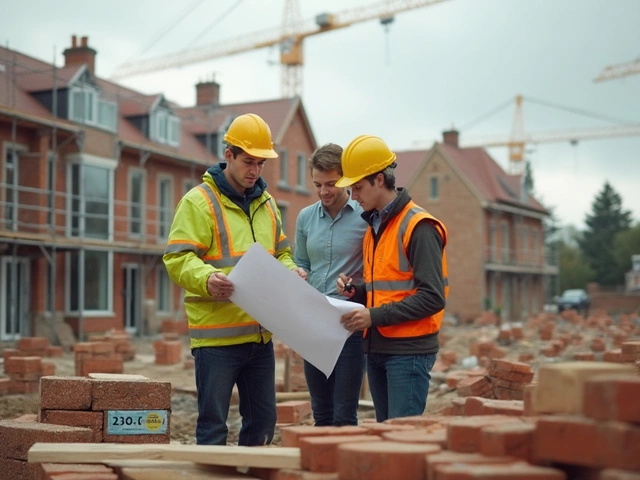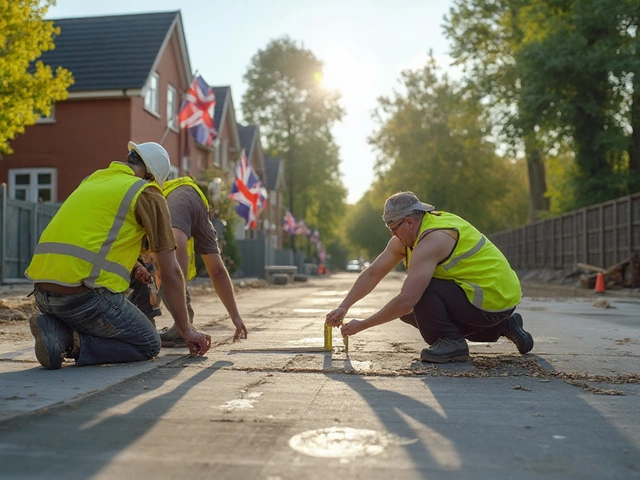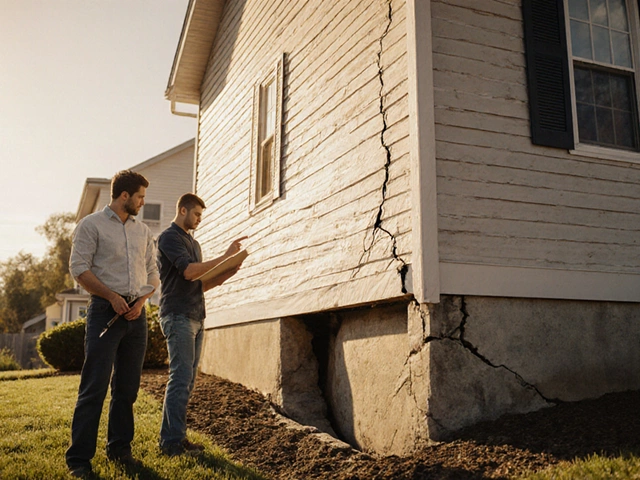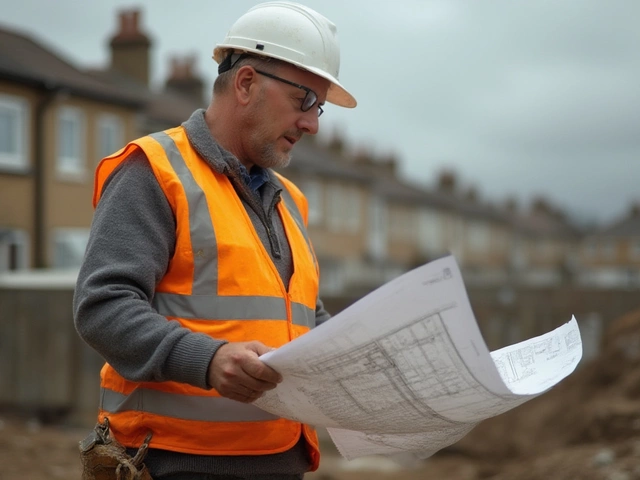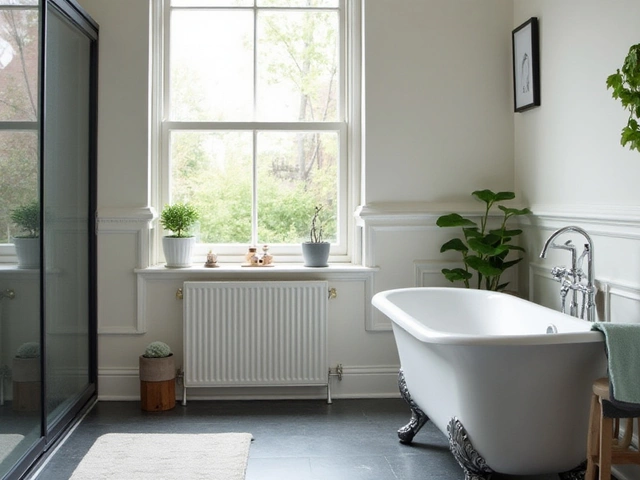Build New Home: Your Quick‑Start Guide
Thinking about building a new home can feel exciting and overwhelming at the same time. You’ve got ideas for the kitchen, a vision for the garden, and a budget that’s trying to stay realistic. The good news is that the right information makes the process a lot smoother. Below you’ll find the core steps you need to move from a dream to a concrete address.
Planning Your Build
Start with a solid plan. Sketch out the number of rooms, floor‑area, and how you want the space to flow. A simple floor plan helps you spot issues early – like whether the bedroom will get enough natural light or if the bathroom will fit the fixtures you love. Next, check local building codes. Some councils require a minimum lot size or limit how tall you can go. Grab a copy of the rules or ask the planning office; it saves you from redesigns later.
Once the layout is set, move to budgeting. Break the total cost into land, foundation, structure, finishes, and contingencies. A common pitfall is under‑estimating the foundation because it’s hidden. A good rule of thumb is to allocate 10‑15 % of the overall budget to the foundation and sub‑structure. This includes excavation, concrete, reinforcement, and any special soil treatment. If your site has soft ground, you might need extra work like pilings – factor that in now.
Choosing Materials & Contractors
Materials can make or break your project’s durability and cost. Limestone from a local quarry, for example, offers strong, breathable foundations and keeps transport emissions low. Look for suppliers who test their stone for compressive strength; you’ll want numbers that match or exceed local standards. When it comes to walls, consider brick, block, or insulated panels based on climate and energy goals.
Hiring the right people is just as critical. A builder who specializes in new homes will understand the sequence of trades and keep the site running efficiently. Ask for recent references, check insurance, and get a detailed quote that separates labor, materials, and overhead. Don’t be shy about asking why a particular method is recommended – a good contractor will explain the why, not just the what.
While you’re vetting contractors, also think about specialist services: architects for design, structural engineers for load calculations, and a drainage expert if your plot is prone to water buildup. A well‑coordinated team can spot conflicts before they become costly change orders.
Finishing touches often get the most attention, but they also carry hidden costs. Flooring choices, for instance, range from cheap laminate to premium engineered wood. The key is to match performance with the room’s use. Wet areas like bathrooms benefit from moisture‑resistant tiles, while living spaces can enjoy warm, durable hardwood.
Don’t forget about the timeline. Weather can shift your schedule by weeks, especially for concrete pours and roofing. Build in a buffer of at least two weeks for each major phase. Communicate these dates with your contractor and ask for weekly progress updates – it keeps everyone accountable.
Finally, protect your investment with a solid warranty and a post‑build inspection. A third‑party inspector will check for hidden cracks, proper insulation, and correct door swings. Catching a small issue now prevents a big repair down the line.
Building a new home isn’t a sprint, but with a clear plan, the right materials, and a trustworthy team, you’ll cross the finish line with confidence. Dive into the articles on this page for deeper dives into foundations, flooring, builder selection, and more – each one is a step closer to the house you’ve imagined.
Is It Cheaper to Build or Buy New? The Real Costs Explained

Considering whether to build a new home or buy a newly built one involves more than comparing price tags. This decision has long-term consequences, impacting everything from design preferences to future resale value. With factors like construction costs, location influences, and potential hidden expenses, making the right choice demands careful thought. By exploring both options, you can determine the most cost-effective path for your housing dream.
read more